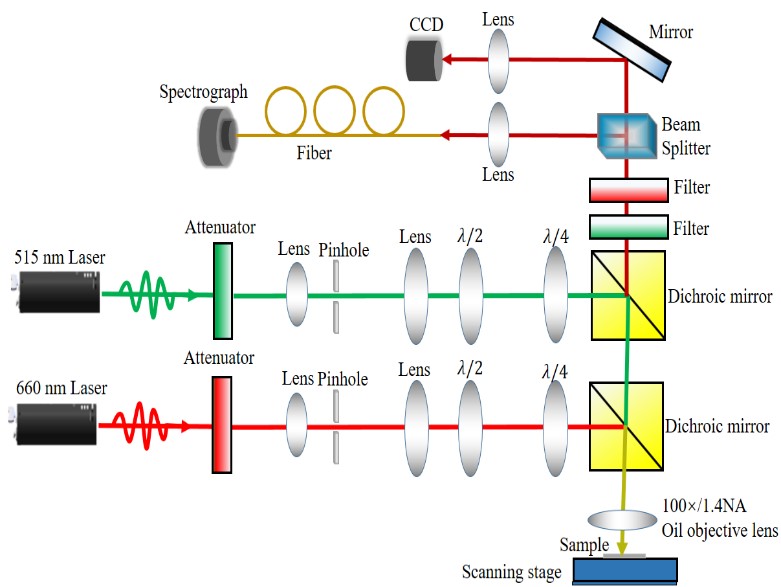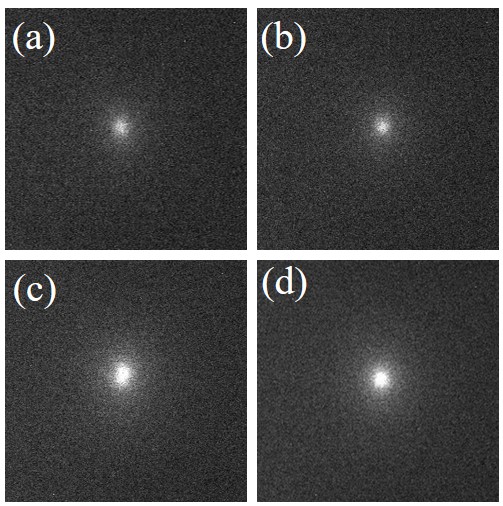The process of two beams superposition is a knotty problem for scholars of different research fields like stimulated emission depletion microscopy (STED). The mainstream channel of two or more laser beams superposition is mutually aligned by using golden particle scattering image. However, this method is really complicated and non-real-time.
Recently, a collaborative study, led by Shanghai Institute of Optics and Fine Mechanics, Chinese Academy of Sciences and Huazhong University of Science and Technology, revealed a completely different way that can improve the two or more laser beams superposition course. Their study was published in Optik.
In their experiment, a spectrum method was applied and the advance had been facilitated by a confocal facility.
The high-precision superposition process was done in two steps. First, they realize rough adjustment of laser beams through the CCD observation. Then, in order to propel the two laser beams to overlay precisely, researchers used the fluorescence spectrums to adjust the superposition because of it is more accurate than the naked eyes.
This approach indicates that the fluorescence method of two beams 3D superposition based on confocal technology is simpler and more practical relative to traditional way.
This work was supported by National key research and development program of ministry of science and technology, and the Shanghai science and technology commission project.

Fig. 1. STED-inspired fluorescence microscopy setup.(Image by SIOM) 
Fig. 2. The two beams overlaid almost(a,b,c) and perfectly(d).(Image by SIOM)
Article website: https://www.sciencedirect.com/science/article/pii/S0030402619313233
Contact:
Mr. Cao Yong
General Administrative Office
Shanghai Institute of Optics and Fine Mechanics, CAS
Email: caoyong@siom.ac.cn